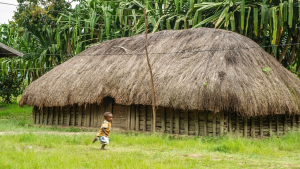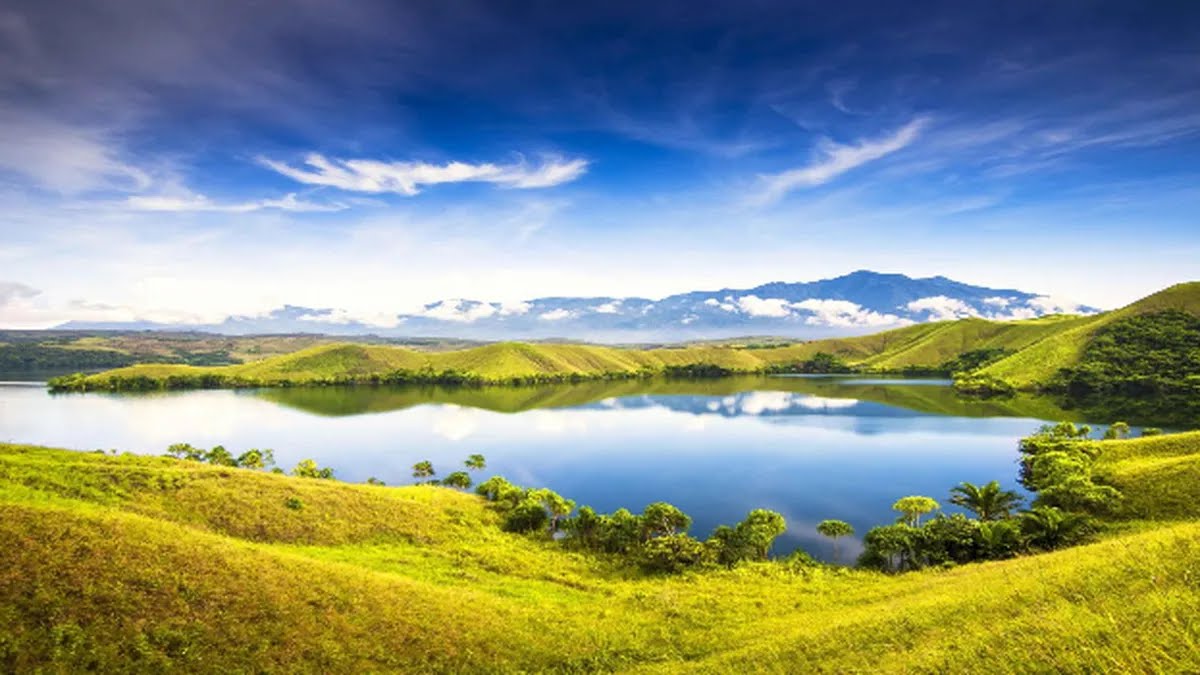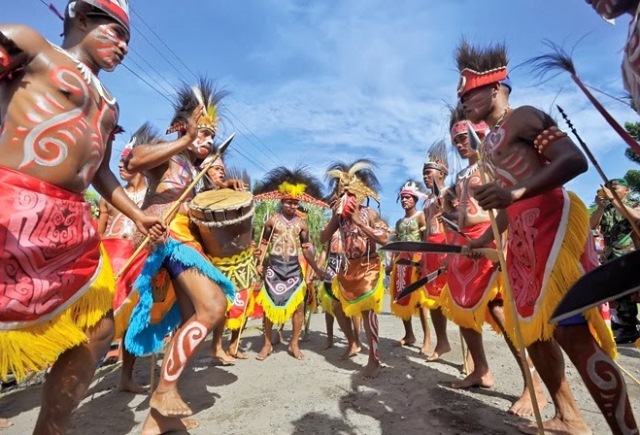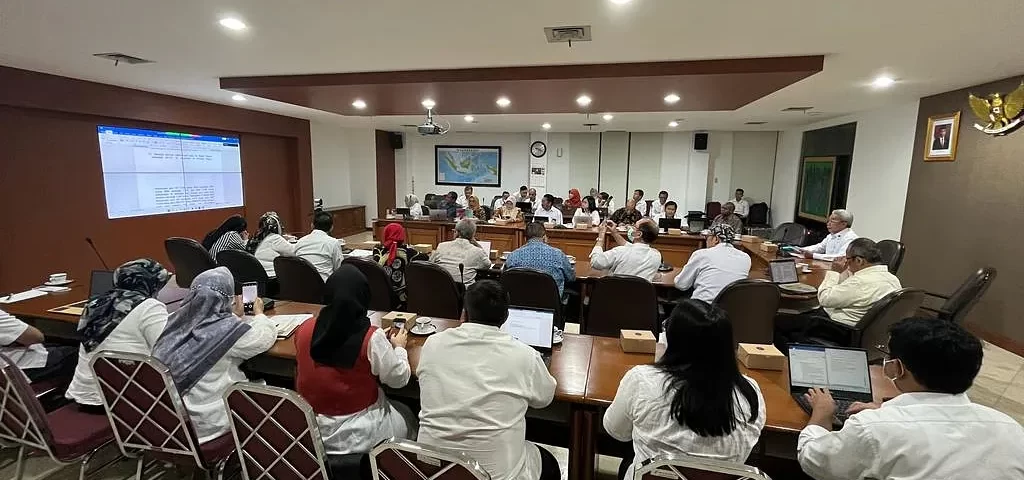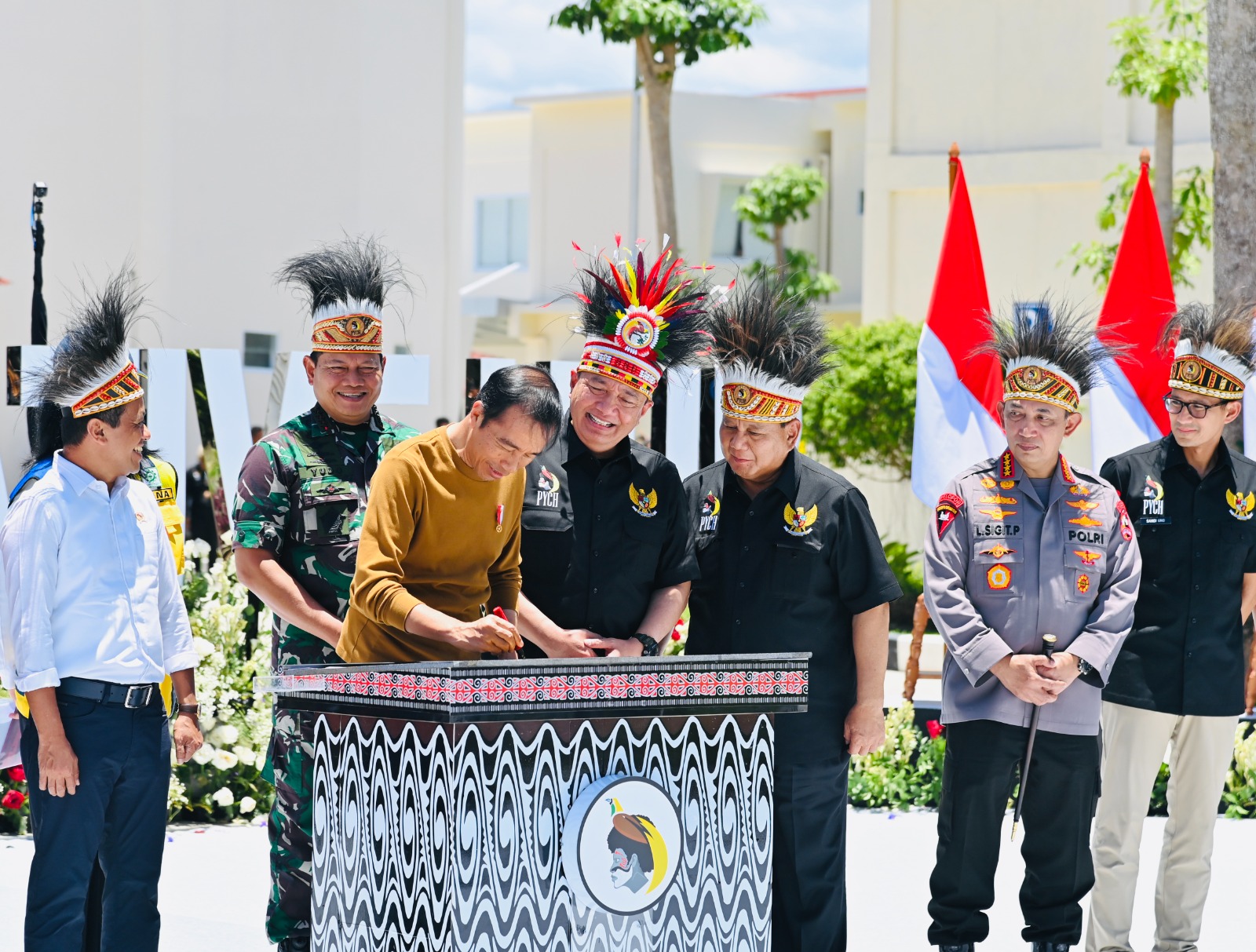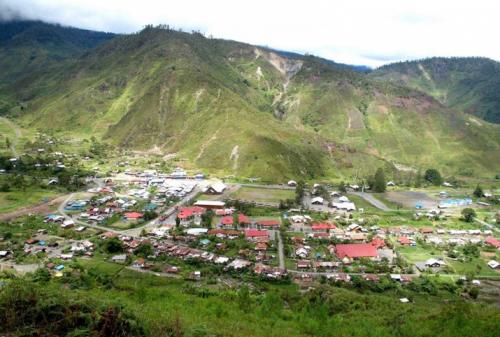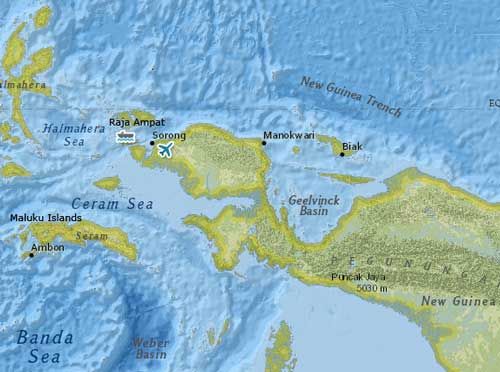
“If you were to examine the economic and social conditions of West Papua per capital as opposed to Papua New Guinea (PNG), even PNG would acknowledge that their (West Papua) performance is higher.”Winston Peters, New Zealand Foreign Affairs Minister, said.“Before we went, we had been listening to the other side of the story. And the story we heard, which we were always hearing at that time, were that there is always human right abuse, there is always a fight for independence, someone is being killed and all that. It’s one sided, all one sided.” Rence Sore, The Solomons’ Secretary on Foreign Relations, said that when they went to Papua region, the story was entirely different.The blooming development in West Papua that has never been discussed by separatist groups and their supporters include:Infrastructure Development The government is working with the Ministry of Public Works and Public Housing (PU-PERA) to build the trans-Papua road. This infrastructure is targeted to be connected entirely in 2018-2019. The length of the road is a combination of the Trans-Papua road in Papua Province, which covers 3,295.45 km and the Trans-Papua road in West Papua Province along 1,070.62 km. With the existence of Trans-Papua, Indonesia wants to facilitate access to the economy, health and education for the people of Papua and West Papua. The government allocated Rp 2.3 trillion to encourage infrastructure development, especially roads building In Papua. Health Program The head of Manokwari Branch Health of BPJS (Badan Penyelenggara Jaminan Sosial or Social Security Organization), Florinsye Tamonob, said that currently 97.07% of the 1,180,658 total population of West Papua have participated in the National Healthy Card-Indonesia Health Insurance Program (IKN-KIS). At present, all residents of indigenous Papuans, especially in the Province of West Papua have been registered in the Health Insurance Program and all contributions will be financed by the Regional Government whose budget comes from Special Autonomy funds.One Fuel Price In 2017, Indonesia President Joko Widodo (Jokowi) instructed his staff to implement a one-price fuel oil policy (BBM) in all parts of Indonesia. This policy has also been applied for Papua and West Papua. The purpose of this policy is to make the fuel prices in Papua and West Papua can similar as in Java. This policy reduces the price of fuel which could have been around 60,000 to 100,000 per liter to 8000-9700 per liter.Electricity Development The government together with PT PLN (Persero) has a target to supply electricity to 1,200 villages throughout the provinces of Papua and West Papua until 2018. Now, the addition of electricity has been carried out to 435 villages. The government is trying to make the amount of drainage and electricity availability in the province reach 95% in 2018 and 100% by the end of 2019. Nowadays, Indonesia is still in conflict with separatist groups. However, several former separatists have even acknowledged themselves as a part of Indonesia now, such as Herman Yoku, a former OPM (Organisasi Papua Merdeka, or Free Papua Movement) activist, who revealed that the separatist movement of Papua was camouflage arranged by the Dutch and not the true voice of Papuan people. Indonesia cannot change the history. The Republic of Indonesia with 17,504 islands, 1340 tribes, and 742 languages requires support from Asia Pacific countries to maintain the sovereignty of the country.




